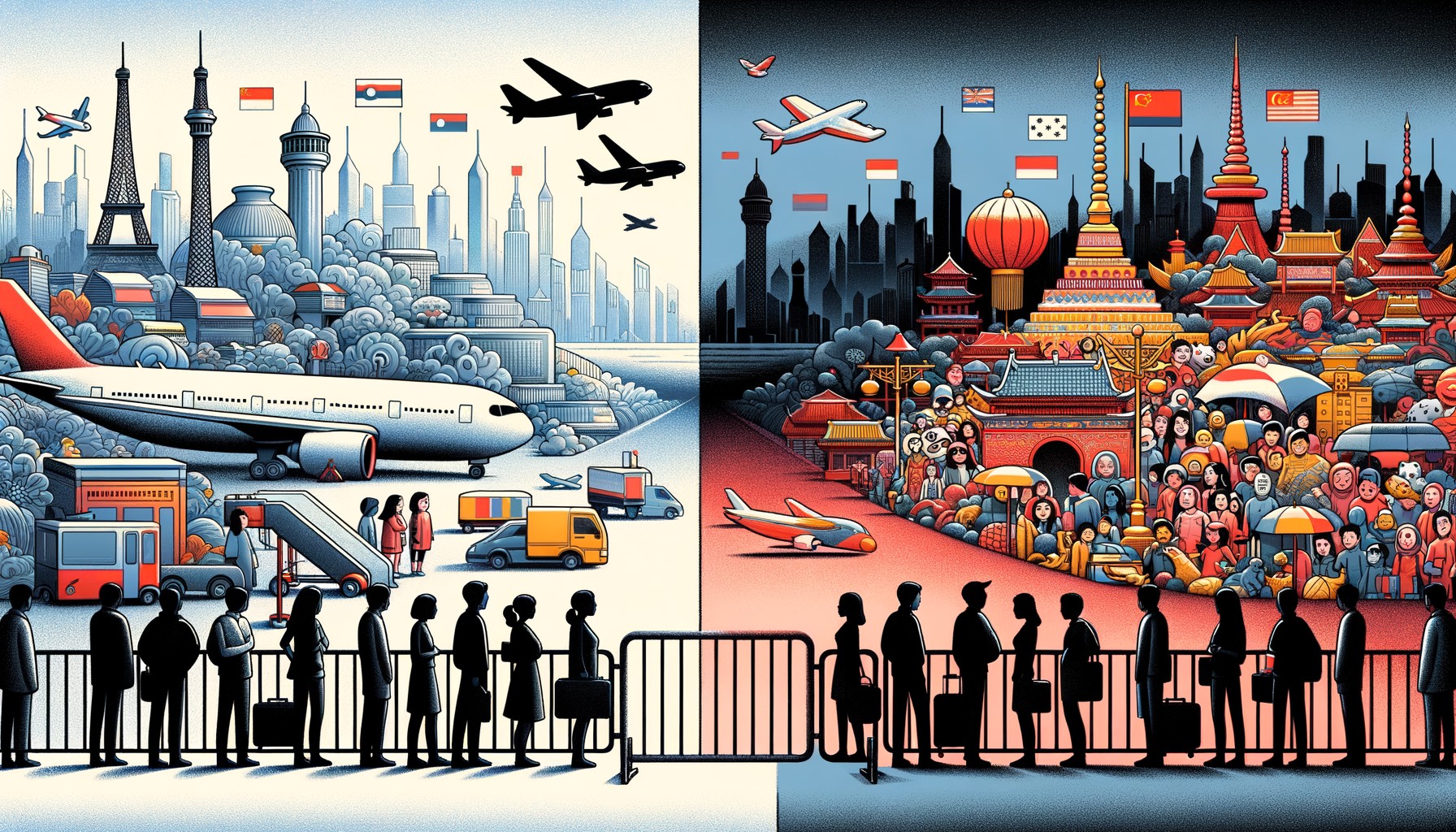Travel
Chinese Travelers’ Struggles Shape A New Travel Market

What’s going on here?
Chinese outbound travel is lagging post-COVID-19 due to rising costs and visa difficulties, falling short of market expectations.
What does this mean?
Chinese consumers are cautious with spending due to a prolonged property crisis, high unemployment, and a gloomy economic outlook. These factors have triggered discount wars in travel, cars, coffee, and clothing sectors. Last year, Chinese people took 87 million trips abroad, a 40% decrease from pre-COVID 2019 levels, while spending by Chinese travelers dropped by 24%, according to UN Tourism data. Frequent domestic travel reflects this change: 295 million domestic trips were made during the five-day May Day holiday, a 20% increase from 2019. Visa processing delays and high costs due to the devaluation of the Chinese yuan and inflation in the US and Europe further hinder international ventures.
Why should I care?
For markets: Global tourism feels the pinch.
The slow recovery in Chinese international travel is negatively impacting global travel-related companies, hotels, and retailers. Australia’s Chinese tourist arrivals dropped by 53% in March 2023 compared to March 2019. France also faces significant declines, lodging only 28.5% of Chinese traveler levels from 2019. This shortfall suggests potential losses for sectors heavily reliant on high-spending Chinese tourists.
The bigger picture: A new travel landscape emerges.
Visa-free countries like Singapore, Malaysia, and Thailand have seen increased Chinese visitors, as have Japan and Switzerland thanks to favorable conditions like currency shifts and prompt visa processing. Consultancy Oliver Wyman predicts a full recovery by late 2025, marking a slower-than-expected rebound. This evolving travel market reflects significant shifts in travel patterns and preferences among Chinese travelers, as highlighted by Gary Bowerman from Check-In Asia.


)






